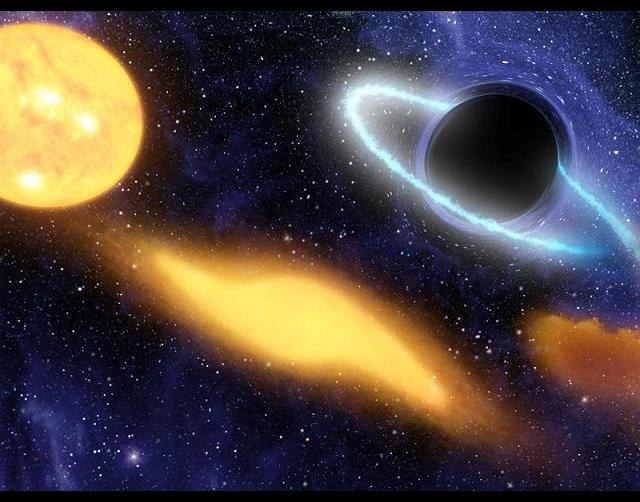Light year
A light year is known to many of the fantastic novels. Despite the fact that his name is similar to time period of year, a light year measures not time, but distance. This unit is designed to measure huge cosmic distances.
A light year is a unit of length. This is the distance in one year (exactly 365.25 days or 31 557 600 seconds) light travels in a vacuum.
Comparison of light-years from the calendar was used after 1984, prior To that a light year is called the distance traveled by light in one tropical year.
The length of the tropical year is not an accurate value, as its calculation is associated with the angular velocity of the Sun, and for her there is variation. For light-years was taken as the average value.
The difference in calculations between the tropical light year and light year, correlated with the Julian calendar, is 0.02 percent. As well as this unit for high-precision measurements not used, the practical difference between them.
Light year as a unit of length used in scientific popular literature. In astronomy there is another non-si unit for measuring long distances is the parsec. The calculation of a parsec is repelled from the average radius of earth's orbit. 1 parsec is equal to 3,2616 light-years.
Calculations and distance
Calculate a light year is directly related to the speed of light. For calculations in physics it is usually taken equal to 300 000 000 m/s. the Exact value of the speed of light 299 792 458 m/s. that is 299 792 458 meters is one light second!
The distance to the moon is approximately 384 400 000 m, so the surface of the moon the light beam will reach approximately 1.28 seconds.
Distance from the sun to the Earth 149 600 000 000. Consequently, a ray of sunlight falls on the Earth in a little less than 7 minutes.
So in year 31 557 600 seconds. Multiplying this number by a distance equal to one light second, one light year is 9 460 730 472 580 800 metres.
1 million light years, respectively, will be equal to 9 460 730 472 580 800 000 000 meters.
According to approximate calculations of astronomers, the diameter of our Galaxy is about 100,000 light years. That is within our Galaxy may not be the distances, measured in millions of light years. These numbers are applicable to measure distances between galaxies.
Closest to Earth is the Andromeda galaxy located at a distance of 2.5 million light years.
To date, the largest cosmic distance from Earth, which is possible to measure the distance to the edge of the observable Universe. It is about 45 billion light years.
